Imagine stepping outside your kitchen door and plucking fresh herbs to add vibrant flavors and aromatic accents to your favorite dishes. Establishing a herb garden for culinary use not only elevates your cooking to new heights but also provides the satisfaction of growing your own ingredients and enhancing the taste and freshness of your meals. Whether you’re a passionate home cook, an aspiring chef, or simply someone who enjoys the pleasure of good food, creating your own herb garden is a rewarding and delicious endeavor. In this guide, we’ll explore the essential steps, planning considerations, herb selection, and maintenance tips for establishing a herb garden that adds depth, complexity, and freshness to your culinary creations.

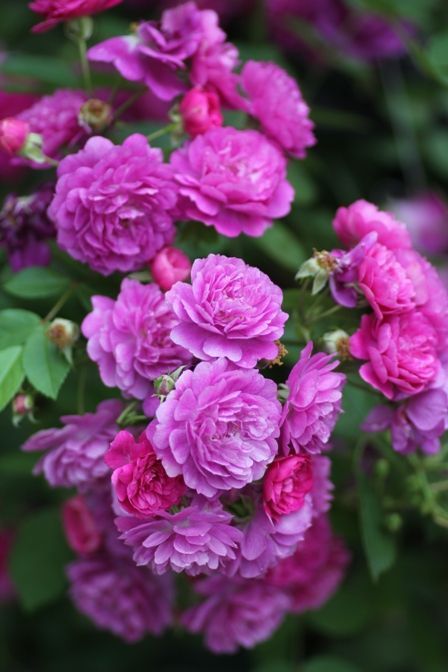
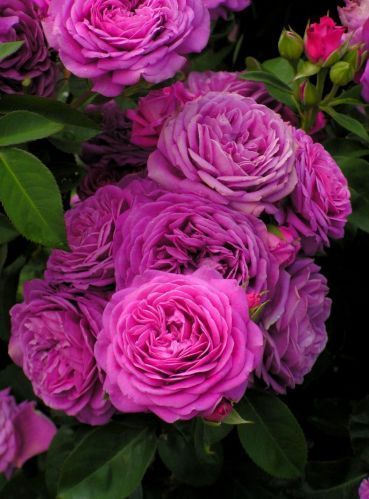
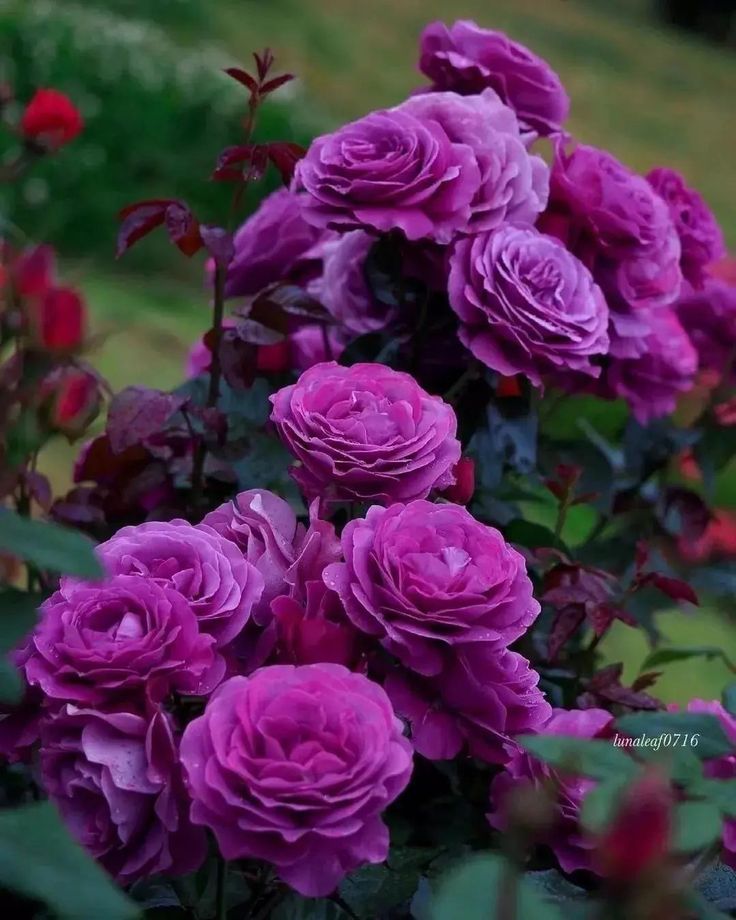
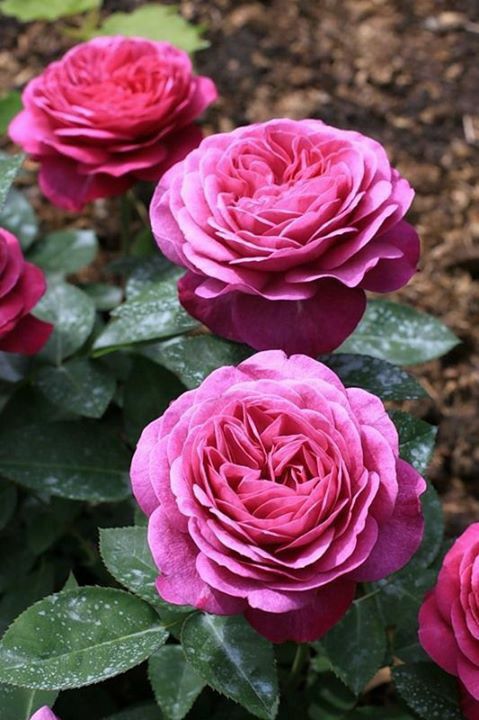
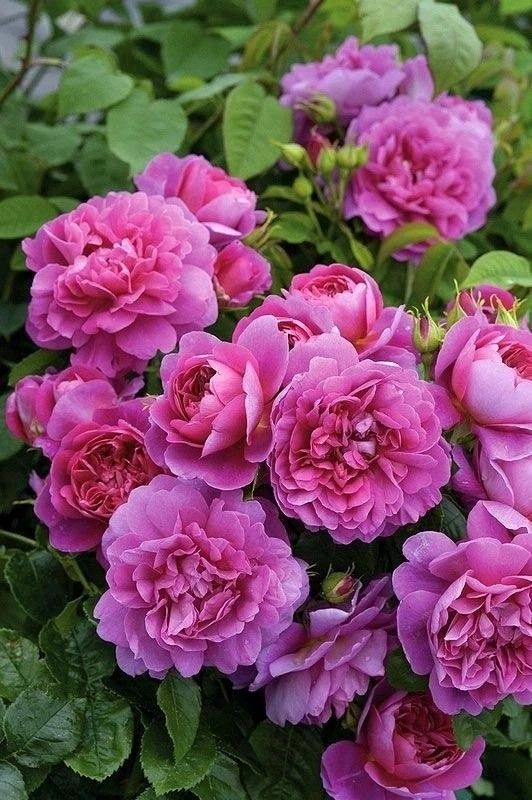


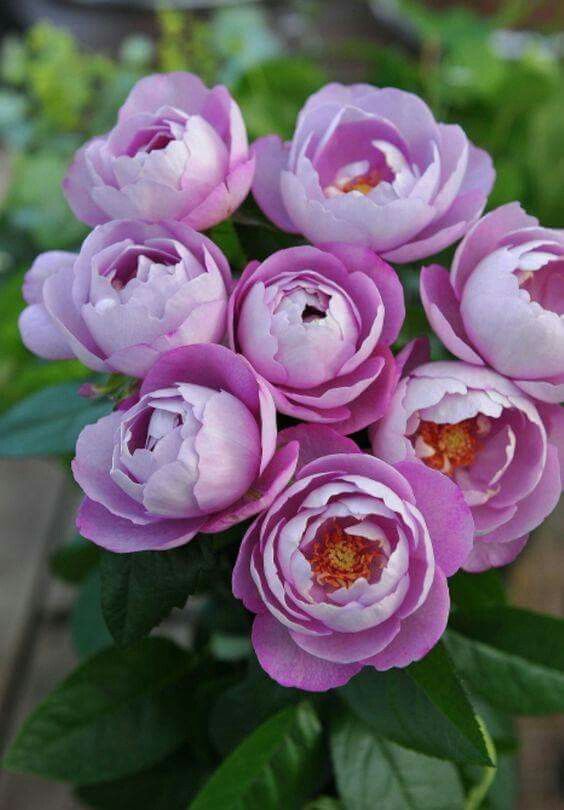

Planning Your Herb Garden
Before you start planting, take some time to plan and design your herb garden for optimal success and enjoyment:
- Choose a Suitable Location: Select a sunny spot with at least 6-8 hours of direct sunlight per day for your herb garden. Herbs thrive in sunny, well-drained locations with good air circulation and protection from strong winds or extreme weather conditions.
- Consider Garden Size and Layout: Determine the size and layout of your herb garden based on your available space, culinary preferences, and the types of herbs you want to grow. Consider factors such as accessibility, companion planting, and aesthetics when designing the layout of your garden beds or containers.
- Prepare the Soil: Test the soil pH, texture, and fertility of your garden site, and amend the soil as needed to create a nutrient-rich, well-draining growing medium for your herbs. Incorporate organic matter such as compost, aged manure, or vermicompost to improve soil structure, fertility, and water retention.
- Choose Herb Varieties: Select a diverse mix of herb varieties that are well-suited to your climate, growing conditions, and culinary preferences. Consider factors such as flavor profiles, growth habits, and space requirements when choosing herbs for your garden.
Planting Your Herb Garden
Once you’ve planned and prepared your herb garden, it’s time to get your hands dirty and start planting:
- Start with Seeds or Transplants: Decide whether you want to start your herbs from seeds or purchase transplants from a local nursery or garden center. Consider factors such as time, space, and gardening experience when choosing the best option for your herb garden.
- Follow Planting Guidelines: Read the planting instructions on seed packets or plant labels carefully, and follow spacing, depth, and timing guidelines for each herb variety. Plant seeds or transplants at the appropriate depth and spacing to ensure optimal growth and productivity.
- Provide Adequate Water and Drainage: Water your herb garden regularly, especially during dry spells or periods of drought, to ensure that plants have adequate moisture for growth and flavor development. Ensure that your herb garden has well-drained soil and proper drainage to prevent waterlogging and root rot.
- Mulch and Weed Control: Apply a layer of organic mulch such as straw, wood chips, or shredded leaves around your herb plants to conserve moisture, suppress weeds, and regulate soil temperature. Remove weeds promptly to prevent competition for water, nutrients, and sunlight.
Maintaining Your Herb Garden
To keep your herb garden healthy, productive, and vibrant, follow these maintenance practices:
- Harvest Regularly: Harvest herbs regularly to encourage bushy growth and prevent plants from becoming leggy or woody. Use sharp scissors or pruners to snip off individual leaves or stems as needed, and avoid overharvesting or damaging the plants.
- Fertilize and Feed: Feed your herb plants with a balanced organic fertilizer or compost tea every 4-6 weeks during the growing season to provide essential nutrients and support healthy growth. Avoid overfertilizing or using chemical fertilizers, as they can lead to excessive foliage growth and reduced flavor intensity.
- Prune and Deadhead: Prune your herb plants periodically to remove dead or damaged foliage, promote air circulation, and maintain an attractive appearance. Deadhead flowers regularly to prevent the plants from setting seed and redirect energy into leaf production and flavor development.
- Monitor for Pests and Diseases: Keep an eye out for signs of pest infestations, disease outbreaks, or other garden problems, and take prompt action to address them using organic pest control methods or cultural practices. Inspect your herb plants regularly for aphids, caterpillars, mites, and other common pests, and remove them manually or with a blast of water from the hose.
Harvesting and Using Your Homegrown Herbs
As your herb garden matures and flourishes, you’ll soon be rewarded with a bounty of fresh, aromatic herbs to enhance your culinary creations:
- Harvest at the Right Time: Harvest herbs at their peak of flavor and fragrance for the best culinary results. Harvest in the morning after dew has evaporated but before the heat of the day to capture the essential oils and flavors of the herbs.
- Use Fresh or Preserve: Use fresh herbs immediately in your favorite recipes, or preserve them for future use by drying, freezing, or infusing them in oil, vinegar, or alcohol. Store fresh herbs in the refrigerator wrapped in damp paper towels or in a jar of water to prolong their freshness and flavor.
- Experiment and Explore: Get creative in the kitchen and experiment with different herb combinations, flavors, and culinary techniques to elevate your cooking to new heights. Whether you’re making sauces, marinades, dressings, soups, stews, or desserts, fresh herbs add depth, complexity, and freshness to any dish.
Conclusion
Establishing a herb garden for culinary use is a delightful and delicious endeavor that allows you to enjoy the flavors and aromas of fresh herbs in your cooking year-round. Whether you have a small kitchen window, a sunny balcony, or a sprawling backyard, there’s always room to grow herbs and infuse your dishes with homegrown goodness. By following the essential steps, planning considerations, and maintenance tips outlined in this guide, you can create a herb garden that adds depth, complexity, and freshness to your culinary creations. So roll up your sleeves, dig in the dirt, and embark on your own culinary adventure with the pleasure and satisfaction of growing your own herbs at home.
FAQs (Frequently Asked Questions)
- What are some easy-to-grow herbs for beginners in a culinary herb garden?
- Some easy-to-grow herbs for beginners in a culinary herb garden include basil, parsley, cilantro, chives, mint, oregano, thyme, rosemary, sage, and dill. These herbs are relatively low-maintenance, adaptable to a wide range of growing conditions, and provide versatile flavors and culinary applications for home cooks of all skill levels.
- How do I know when to harvest herbs from my herb garden?
- Harvest herbs from your herb garden when they reach their peak of flavor and fragrance, typically in the morning after dew has evaporated but before the heat of the day. Harvest herbs regularly by snipping off individual leaves or stems with sharp scissors or pruners, and avoid overharvesting or damaging the plants. Experiment with different harvesting techniques and timing to determine the best approach for each herb variety and culinary application.